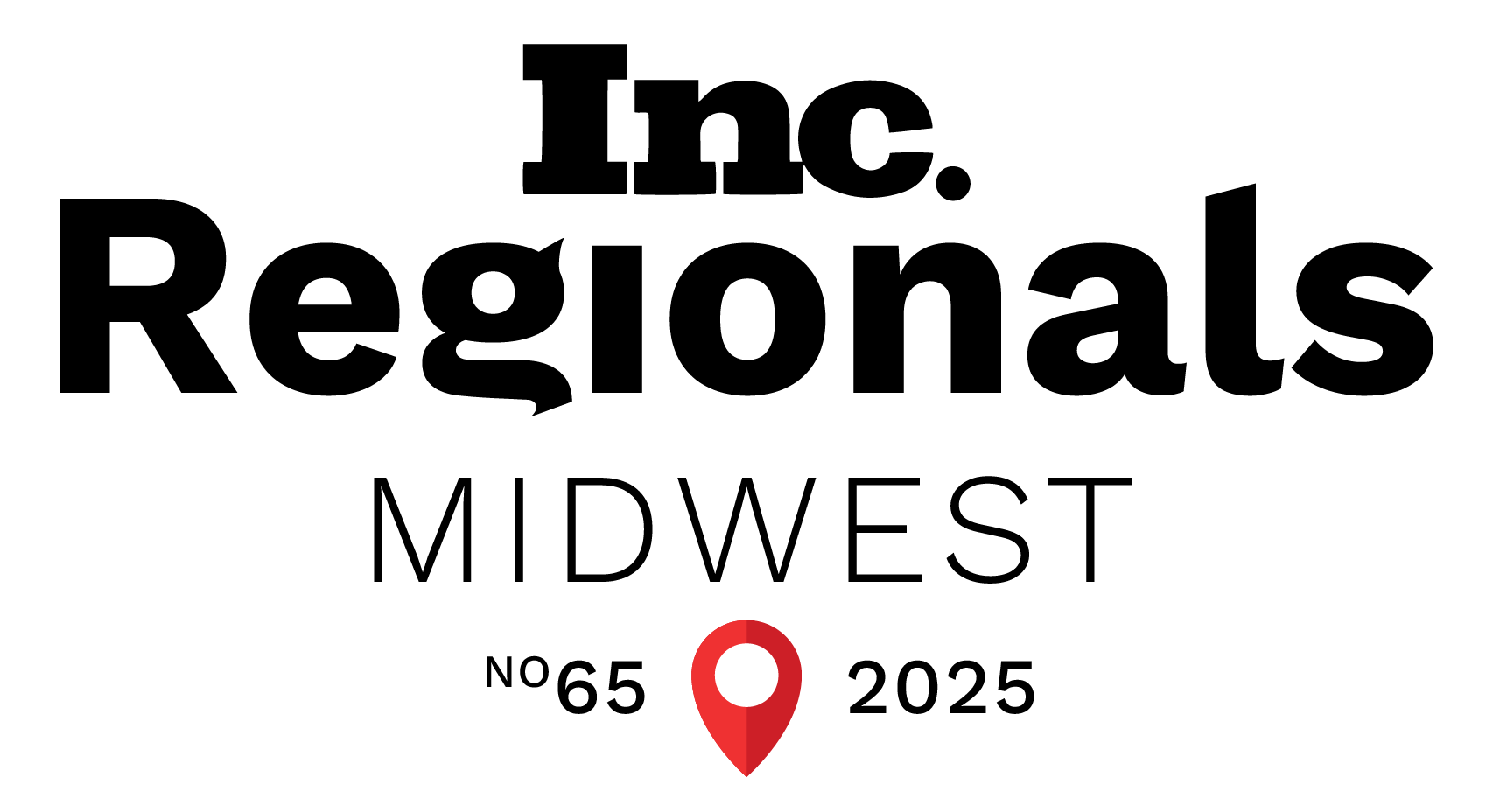Your Guide to Click-Through Rate (CTR)

In This Article
Relevancy—that’s what click-through rate (CTR) measures. When someone chooses to engage by clicking on a button or a link, they indicate they want to continue exploring a topic with you.
More importantly, CTR is a quality measure that improves search engine optimization (SEO) and social media platforms, meaning more clicks typically result in higher organic reach, higher search ranking, or better-placed ads.
This guide walks you through calculating your CTR, knowing if your CTR is good or bad, and strategies to improve it.
How Do I Calculate My Click-Through Rate (CTR)?
How you calculate CTR depends on the platform. Below are the most common click-through rate formulas.
Social Media
CTR is a valuable metric for social media because it demonstrates how well your social strategy pushes people to company-owned media platforms like your website and completed lead forms and/or purchase transactions.
Here are two possible formulas for CTR on social media:
Option 1: (The number of clicks) ÷ (total impressions)
Option 2: (The number of clicks) ÷ (total reach)
Example: If you have 20 clicks on a Twitter ad and it reaches 1,000 accounts, you’d have a 2% CTA (20 clicks ÷ 1000 impressions x 100).
*Quick note: Impressions are the number of times a post has the potential to be seen by an account. Reach is the number of times the post was seen by unique accounts. So impressions are typically higher than reach, especially if the content is presented to unique accounts multiple times. The best strategy is to choose a method of calculating the click-through rates (either reach or impressions) and to stay consistent.
Emails
The click-through rate for emails is an excellent way to show engagement level. It provides more concise insight into the percentage of your audience interested in your content over time.
Additionally, Apple released a new email privacy measure last year that diminishes the value of open rates as a performance metric. In this monumental change, all email data is pre-loaded on Apple Mail, which means emails will register as opened if the user didn’t open it. As a result, click-through rates are a more dependable performance metric.
The email CTR formula is:
(Number of people who clicked a link) ÷ (number of emails successfully delivered)
Websites
The CTR on your website helps you understand how users engage with each page. It also indicates the potential for how many visitors may turn into leads, email subscribers, or customers.
How to calculate CTR for websites:
(The number of times a website element is clicked) ÷ (number of unique pageviews)
Digital Ads
The pay-per-click (PPC) model for digital advertising means that more clicks generate more revenue for platforms like Google Search. In this context, CTR doesn’t just measure relevancy, it also contributes to where your ads will rank in search queries. This means the first spot doesn’t just go to the highest bidder.
Here is the typical formula for digital ads:
(The number of clicks on an ad) ÷ (total ad impressions)
Even more importantly, the CTR directly influences your quality score for Google. Higher quality ads will earn you a better position on the search engine results page (SERP) and will save you money on your bid.
What Is a Good Click-Through Rate?
How do you know if your CTR is good or bad? Well, the answer is that it depends, which is never satisfactory. However, there isn’t a simple answer because many variables—like your industry, keywords, platform, or campaign objectives—can impact CTR.
Social Media
The average CTR will vary by platform and even ad type. For example, text-based ads might have a different average CTR than image or video ads.
- 0.39% for sponsored content ads
- 0.025% for text ads
- 3-4% for sponsored InMail ads
- 1.5-3% for in-feed video ads
- 16% for TopView ads
- 7-10% for Take Over ads
Average CTR metrics on other popular platforms include 0.86% on Twitter, 0.9% on Facebook, and 0.88% on Instagram.
In addition to click-through rates for email, you can also measure click-to-open rates, which is the (number of clicks ÷ number of email opens). What is considered a good click-to-open rate depends on your industry. According to Mailchimp, the average click-to-open rate across industries is 2.91%. However, that can change drastically by industry. The “hobbies” sector has an average 5.01% click-to-open rate, while restaurants have a 1.3% open rate.
Websites
Most websites have many calls to action (CTA). The CTR on these elements can vary depending on whether or not the CTA is at the top or bottom of the page, if there is a button or simple text, and whether or not it includes personalized elements (like the visitor’s name).
The average CTR for a CTA is 4.23%.
Digital Ads
LOCALiQ studied advertising campaigns on Google and Bing to identify search advertising benchmarks for the top 20 industries.
The average CTR for the arts and entertainment industry is 11.43%. Alternatively, attorneys and legal services are at 4.24%. The CTR average across the 201 industries for Google Ads is 3.17%.
Creating Your CTR Benchmarks
The best strategy is to customize your CTR goals based on industry standards, current objectives, and past performance. Track changes over time. Then, try to understand why some ads, webpages, or social posts perform better than others. Use those insights to do more of what works and less of what doesn’t.
When Can a High CTR Be BAD for Business?
It’s important to carefully choose which keywords you want to rank for to prevent spending your ad budget inefficiently and avoid bad brand CTR.
For example, if you own a footwear business, you don’t want to rank for something broad like the keyword “business.” If you do, your ad might be irrelevant to most of the audience members who see it. Someone searching for “business strategies” might see your shoe advertisement, which isn’t answering their query.
Google accounts for these poor efficiencies, and your PPC will go up substantially, sometimes even resulting in profit loss. More importantly, even if you have a high click-through rate in this circumstance, the people who are coming to your website aren’t quality leads.
9 Strategies to Improve Your Click-Through Rate
Once you know your click-through rate and how it compares to the industry average, you can start improving it. Here are eight strategies to improve CTR and move toward your goals.
Strategy 1: Experiment with the time-of-day or day-of-week posting schedule.
New content is what drives new visitors to your website and keeps your audience engaged. But when are you posting to social media, publishing new blogs, or hitting send on emails? Experimenting with your content calendar and posting schedule can improve your CTR. The goal is to find your audience where they are and when they’re active.
Strategy 2: Utilize the A/B Testing features on each platform.
There are many A/B testing features available through social platforms, email service providers, and Google Analytics. You can use these resources to test elements, refine your strategies, and improve your click-through rates.
Some social platforms have advertising capabilities where elements like images, captions, and headlines can be mixed and matched until a top-performing combination emerges. The bulk of the budget can then be focused on that specific strategy.
Strategy 3: Test new platform features and new platforms.
Testing new features can be especially profitable on social media platforms because these companies are trying to increase adoption rates. The platform will boost organic reach to increase the popularity of these new features, which can result in higher click-through rates.
Newer social platforms like TikTok currently have a much higher average CTR, which will likely be true for any other up-and-coming platforms trying to build their user base.
This same strategy might not be as useful on more established platforms like Google, but you’ll find new features there too. The trick is to be an early adopter even if using the feature isn’t intuitive at first.
Strategy 4: Try different buttons.
There are common terms used to label buttons like “submit,” “sign-up,” “learn more,” “purchase,” or “register” (and a dozen other variations). What if a simple change here made all the difference? A/B testing can help you identify the right language that leads to the highest click-through rate for your target audience.
Strategy 5: Improve your quality score.
Quality score directly impacts your CTR. If you have a high-quality score you:
- Spend less per click
- Rank higher
- Gain a higher level of priority on a page, increasing CTR
Relevancy to the audience, ad structure, and landing pages will improve your quality scores.
Strategy 6: Incorporate ad-extensions.
Google’s ad extensions are an easy and proven way to increase CTRs. Not all of the extensions will be relevant to each ad campaign, but choosing the right ones will boost your campaign.
Some commonly used ad extensions include:
- Call extensions
- Promotion extensions
- Price extensions
- Sitelink ad extensions
Strategy 7: Leverage smart bidding strategies.
Classic automated bidding strategies have made way for smart bidding strategies. Google’s smart bidding uses machine learning to fine-tune your ads on every keyword they auction for, which would be impossible to do manually.
Strategy 8: Utilize different advertisement types.
There are different angles you can use for an ad campaign. A popular marketing method to increase CTR is responsive text ads. If you want to try something more new and bold, try Google’s Discovery ads. Knowing your options when building a strategy and differentiating from your competitors is key to a more successful ad campaign.
Strategy 9: Know your audience.
Click-through rate only matters if the right people are clicking. You can build the perfect ad and craft the perfect copy, yet still fail at reaching your goals. Buyer personas are powerful tools that can help you hone in on your target audience. When you truly understand what motivates your audience or what challenges they are facing, you can create content that resonates.
Contact Metric Marketing Today
Improving click-through rates directly impacts revenue, but this work takes a significant investment of time and requires tools and data analysis expertise.
When you partner with Metric Marketing, we will help you improve CTR and reach your target audience. We develop a comprehensive strategy that includes research, creative advertising, email marketing, content development and so much more.
Call us at (734) 404-8714 or fill out an online contact form today. We look forward to hearing from you!
Must-read articles
Looking for something else?
There's so much more
Ready to Inquire?














